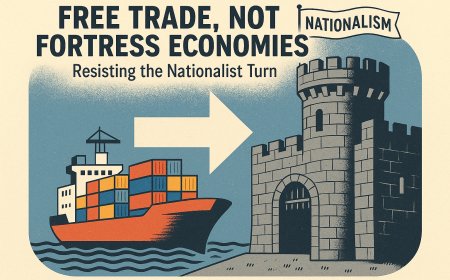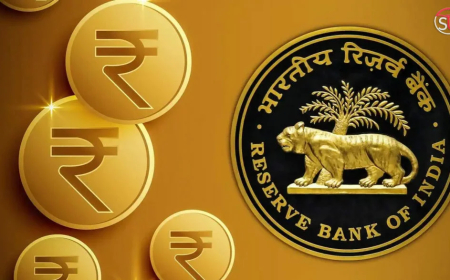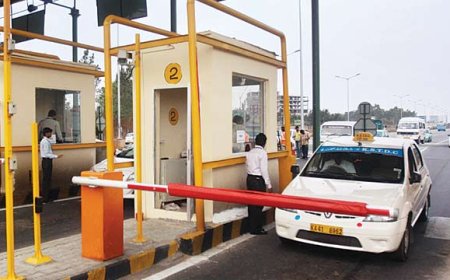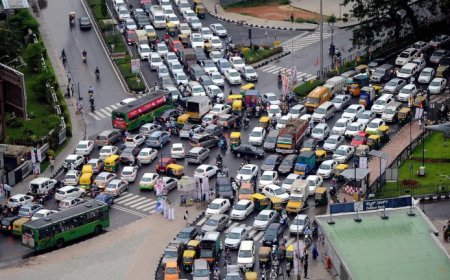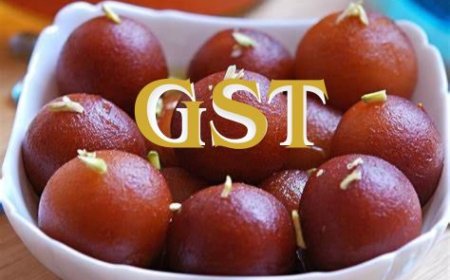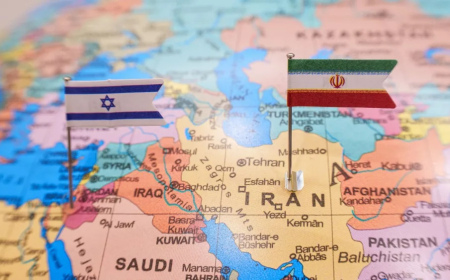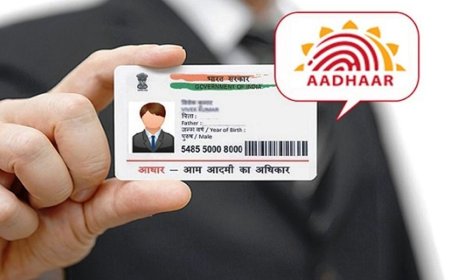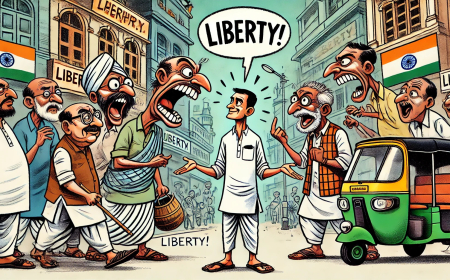Made in India, Taxed in India: Why Import Duties Hurt You More Than China
Thinking of buying an iPhone? Be ready to pay 40% more in taxes! Find out why India’s import duties make goods expensive and how free trade can benefit consumers.
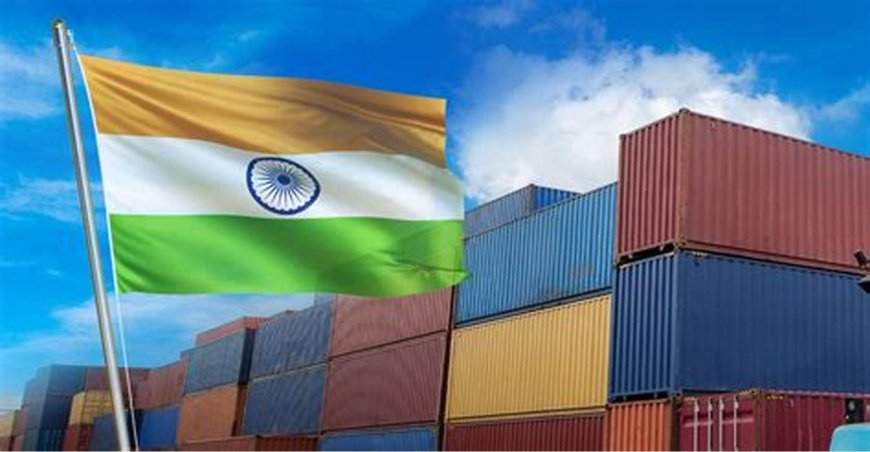
Introduction: The Hidden Tax You’re Already Paying
Ever wondered why an iPhone costs ₹80,000 in India but only ₹55,000 in Dubai? Why luxury cars, laptops, and even basic home appliances feel overpriced here?
The answer: Import duties.
While the government claims these tariffs protect Indian manufacturers, the reality is they make life costlier for you. Let’s break down the real impact of India’s high import duties and how free trade could actually benefit both businesses and consumers.
How India’s Import Duties Work
When you import a product into India, you don’t just pay for the item—you pay multiple layers of taxes:
✅ Basic Customs Duty (BCD) – A flat tax on imported goods.
✅ GST on Imports – A tax on the total value, including duty.
✅ Cess & Surcharges – Additional taxes on specific items.
For example, here’s what happens when you buy an iPhone in India vs. the US:
| Country | Base Price | Import Duty | GST & Other Taxes | Final Price |
|---|---|---|---|---|
| USA | ₹55,000 | 0% | 0% | ₹55,000 |
| India | ₹55,000 | 20% | 18% | ₹80,300 |
That’s a 45% increase just due to taxes!
The same logic applies to laptops, luxury cars, even simple electronic items like smartwatches and headphones.
Myth: Import Duties Help Indian Manufacturers
The government justifies high import taxes with the "Make in India" argument, claiming:
- It protects local businesses from foreign competition
- .It forces companies to manufacture in India.
- It creates jobs.
But does it really? Let’s look at the reality:
1. Many “Indian” Products Are Just Expensive Imports
Most “Made in India” phones, laptops, and appliances still rely on imported parts. So, when companies like Apple, Samsung, or Dell manufacture here, they still pay import duties on components—which means higher prices for you.
2. High Duties Push Businesses Out
Instead of setting up factories in India, companies find it cheaper to sell from tax-friendly countries like Vietnam, Singapore, or China. That’s why India still imports over $80 billion worth of electronics annually.
3. Local Consumers Suffer the Most
While big businesses find loopholes, you, the average Indian, pay higher prices on everything—from mobile phones to kitchen appliances.
Why Free Trade Makes Life Better
Countries that removed import duties have seen massive economic growth. Let’s take two examples:
Singapore: The Free Market Model
- Almost zero import duties on most goods.
- Became a global hub for trade and innovation.
- Goods are cheaper, boosting consumer spending.
Hong Kong: Low Taxes, High Prosperity
- No tariffs on most imports.
- Businesses thrive due to low costs and high efficiency.
- One of the wealthiest regions per capita.
In contrast, India’s “protective” policies have kept local prices high, forcing people to buy outdated or overpriced products.
Who Benefits from High Import Duties?
Here’s the harsh truth:
The Government – More taxes = more revenue to spend on welfare schemes.
Big Indian Corporations – Protectionism lets them sell at higher prices without competition.
Politicians & Bureaucrats – Import bans allow them to control trade policies and favor certain industries.
Meanwhile, you pay more for the same product someone in Dubai or Singapore gets at half the price.
What India Should Do Instead
If India truly wants to grow as a global economic power, it needs to ditch protectionism and:
✅ Lower import duties – Make high-quality products affordable for all.
✅ Encourage competition – Let Indian companies compete on innovation, not government protection.
✅ Sign free trade agreements – Reduce barriers for goods and services.
✅ Boost local manufacturing naturally – By making it easy to do business, not through forced regulations.
Conclusion: The Real “Aatmanirbhar Bharat”
True self-reliance doesn’t come from blocking imports—it comes from giving businesses and consumers the freedom to choose. High import duties don’t help you—they just make you pay more.
So the next time you see a ₹2 lakh iPhone or a ₹50 lakh BMW, remember: it’s not the product that’s expensive—it’s India’s broken trade policies.
What Do You Think?
Should India reduce import duties? Or do you think protectionism works? Drop your thoughts in the comments!
What's Your Reaction?












